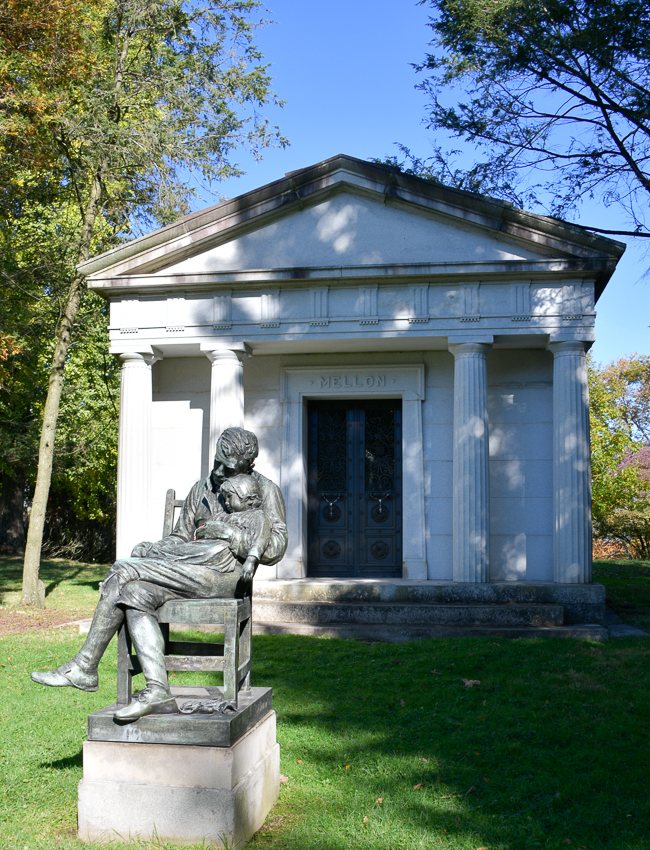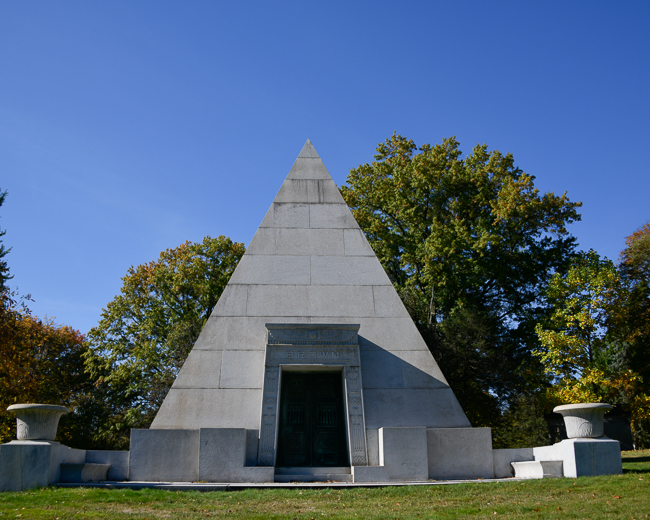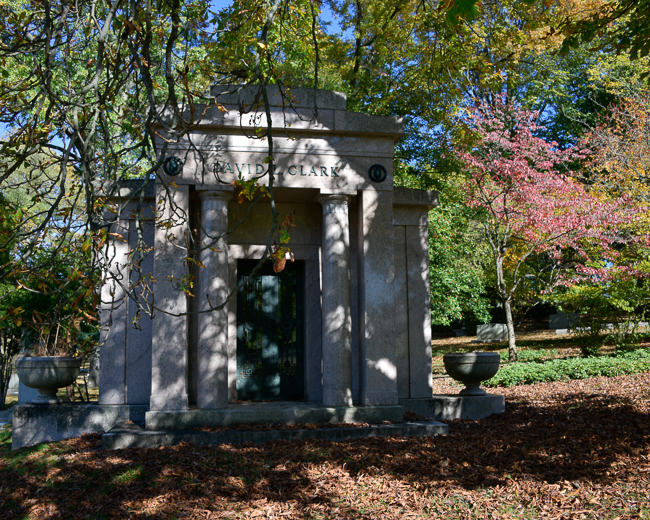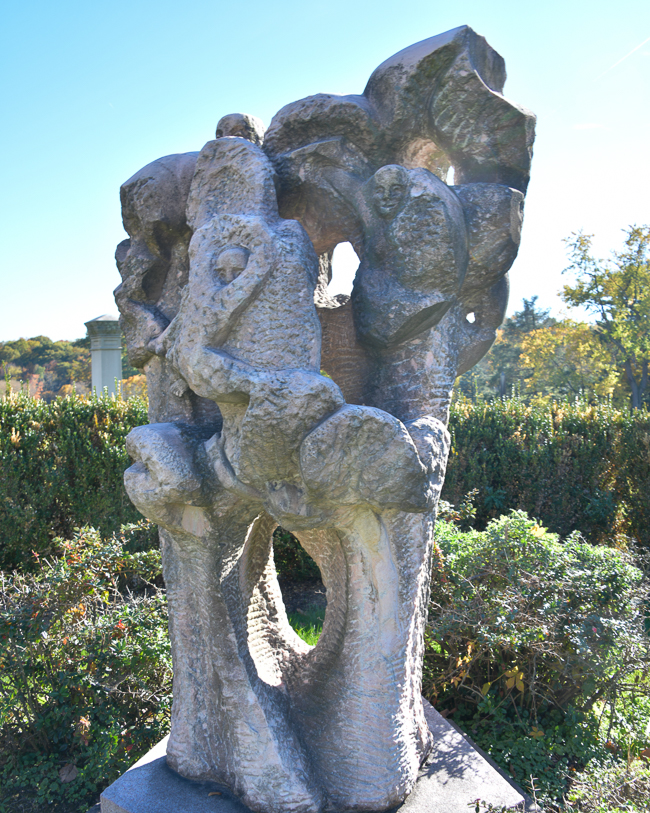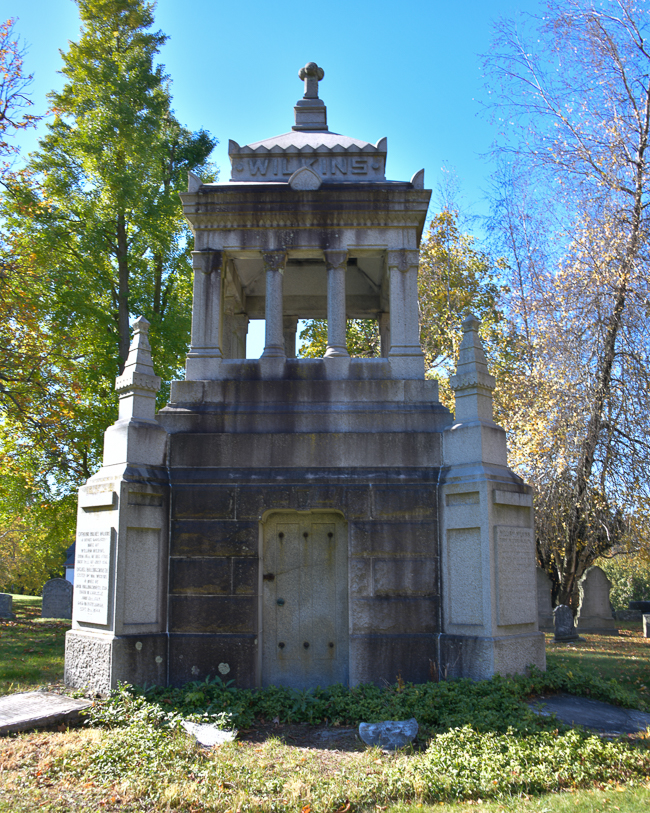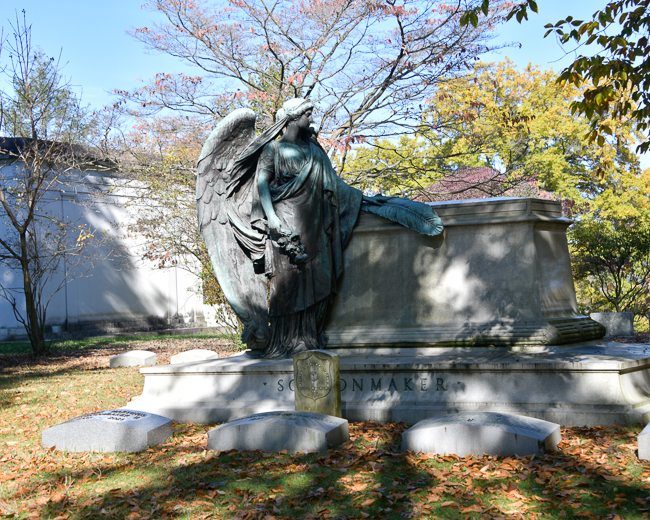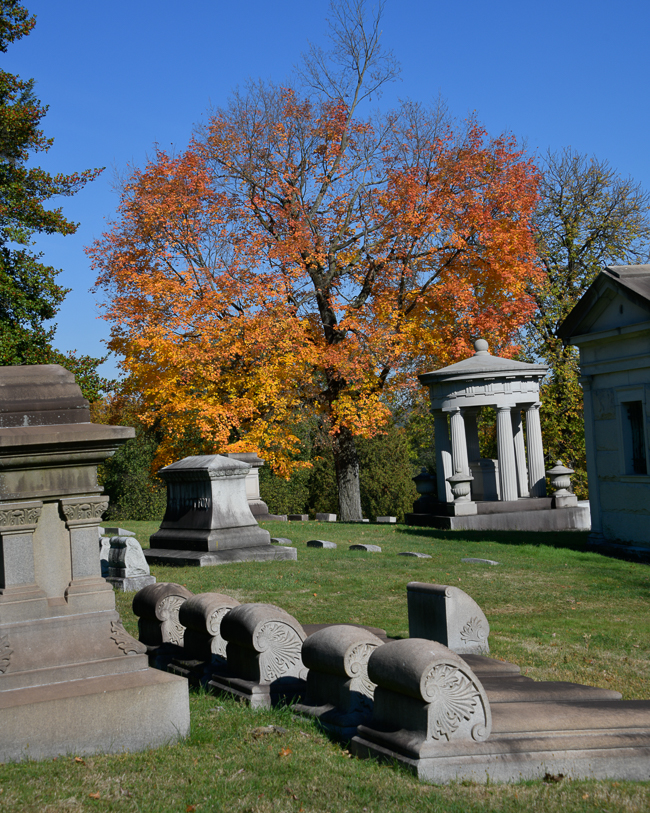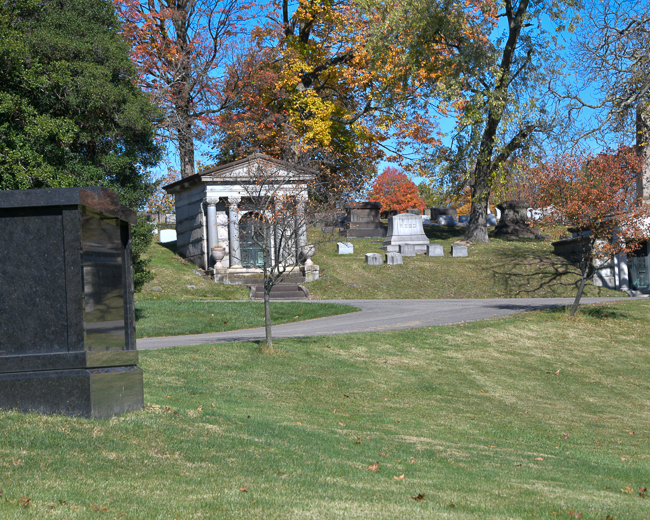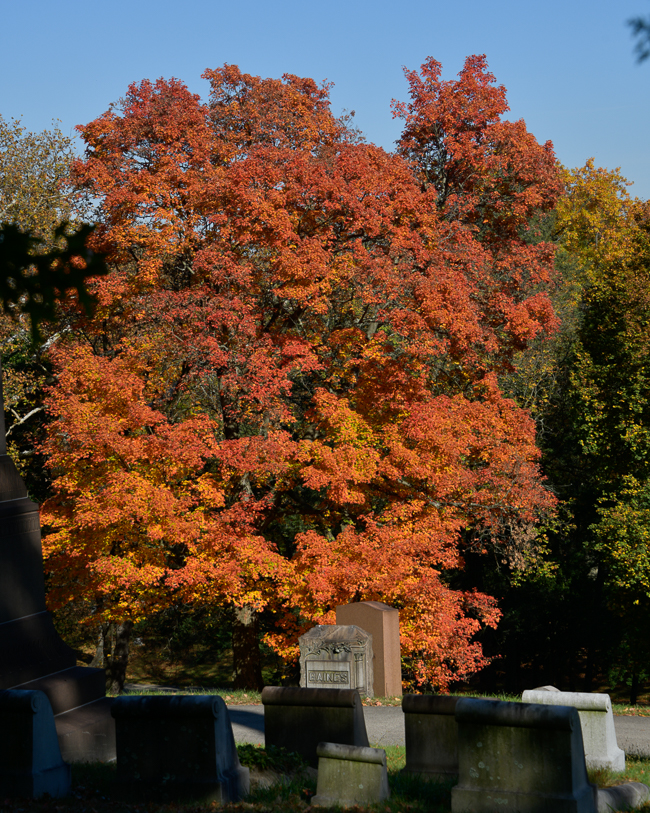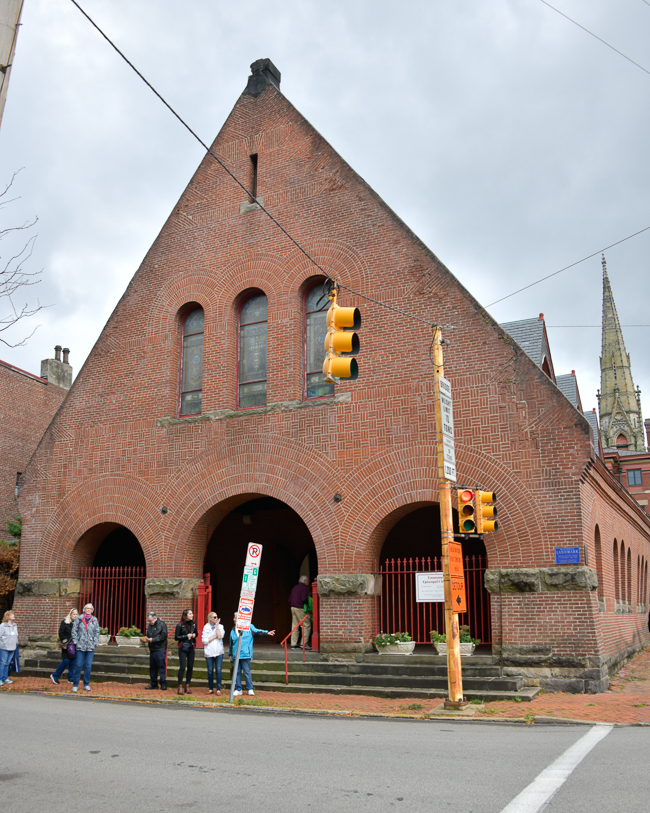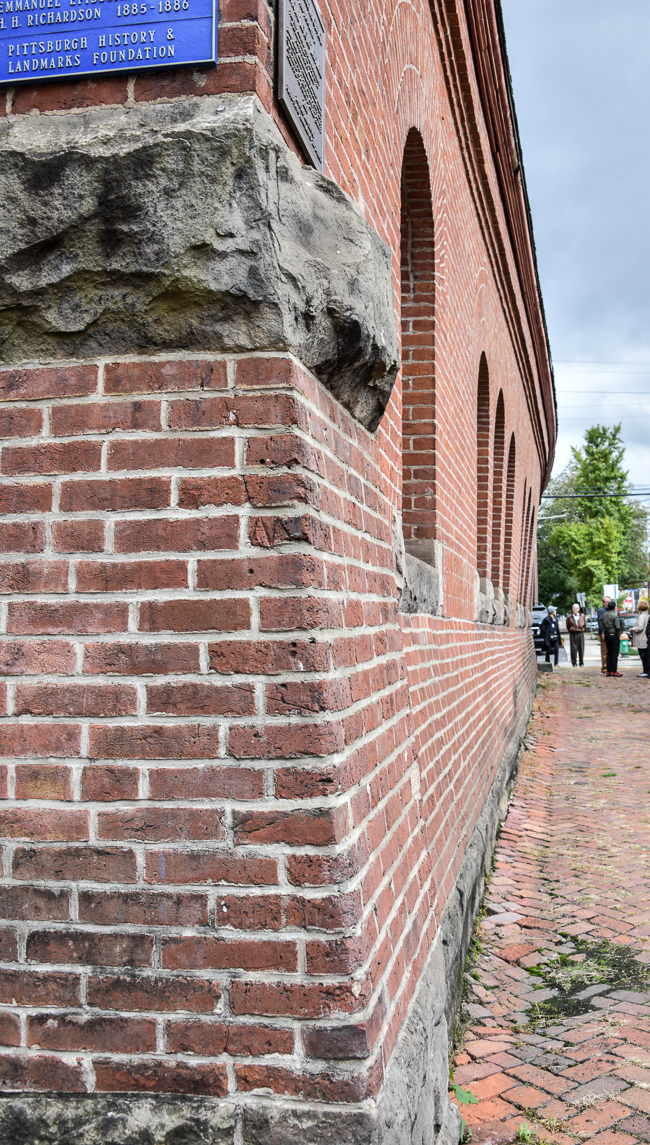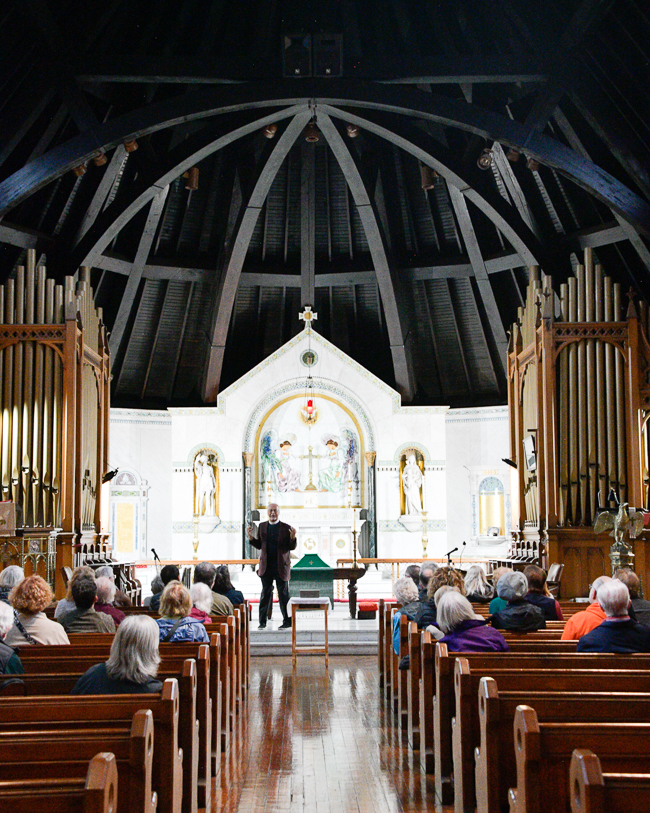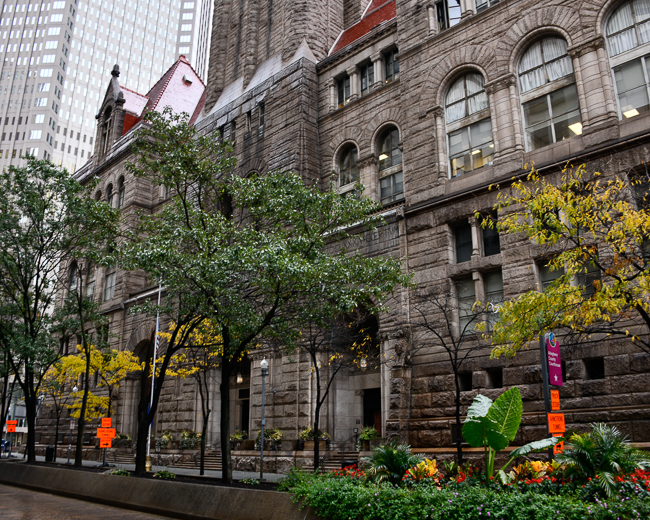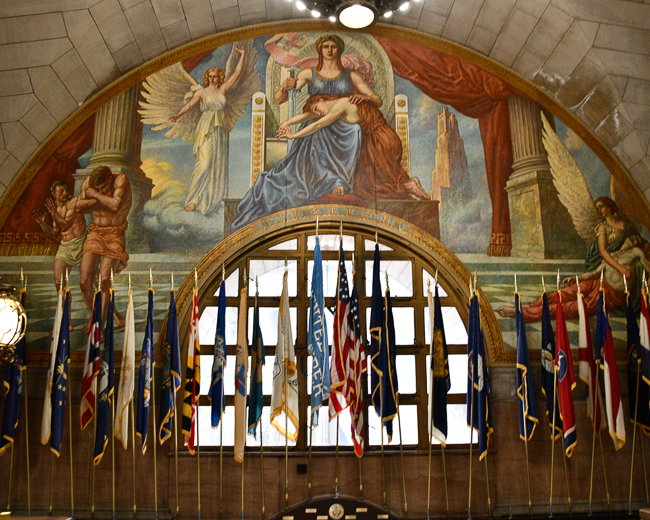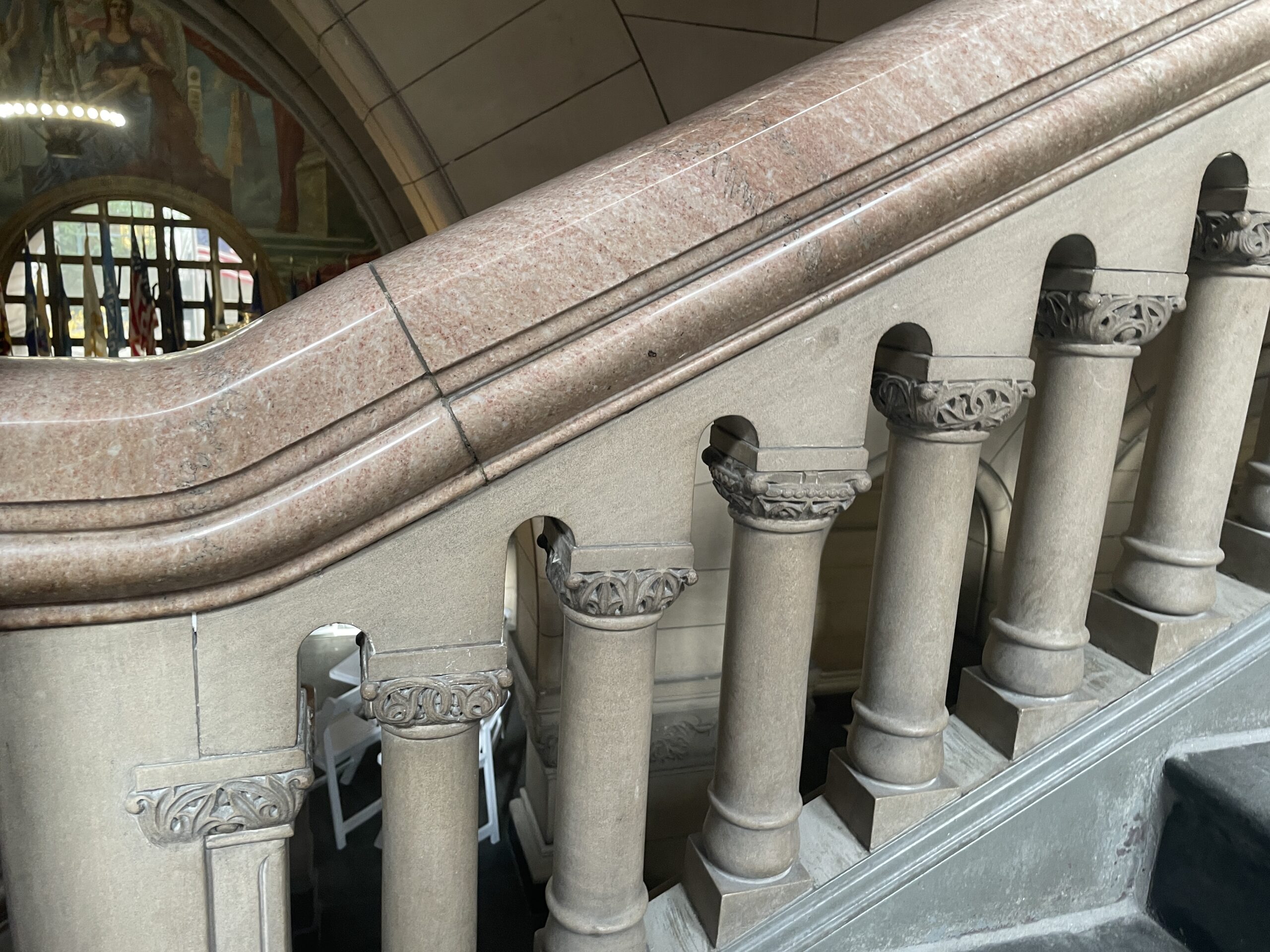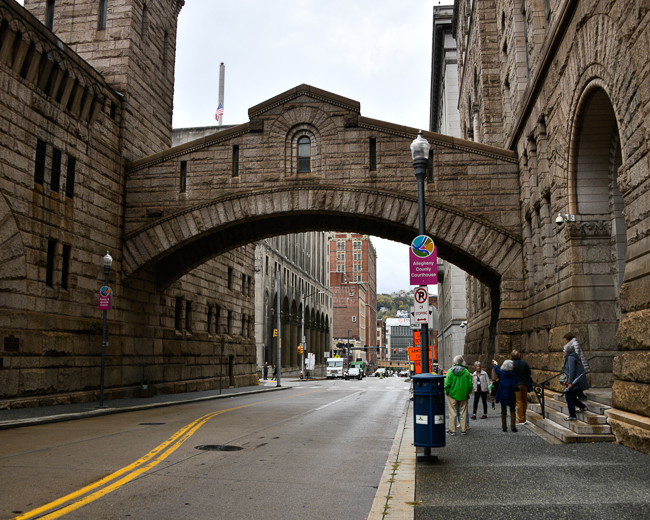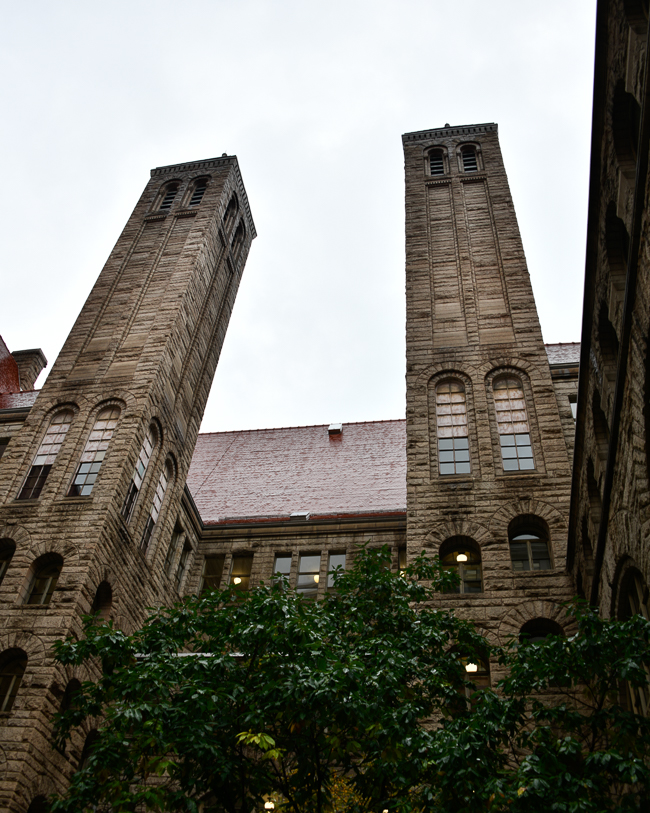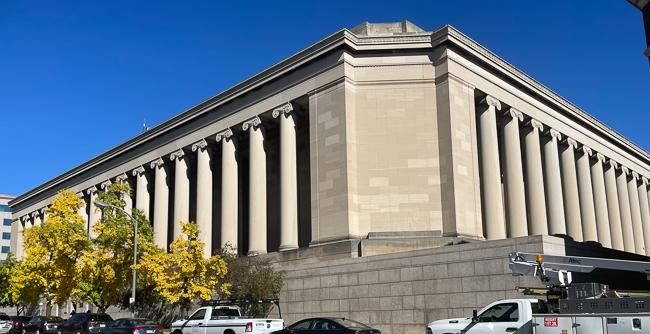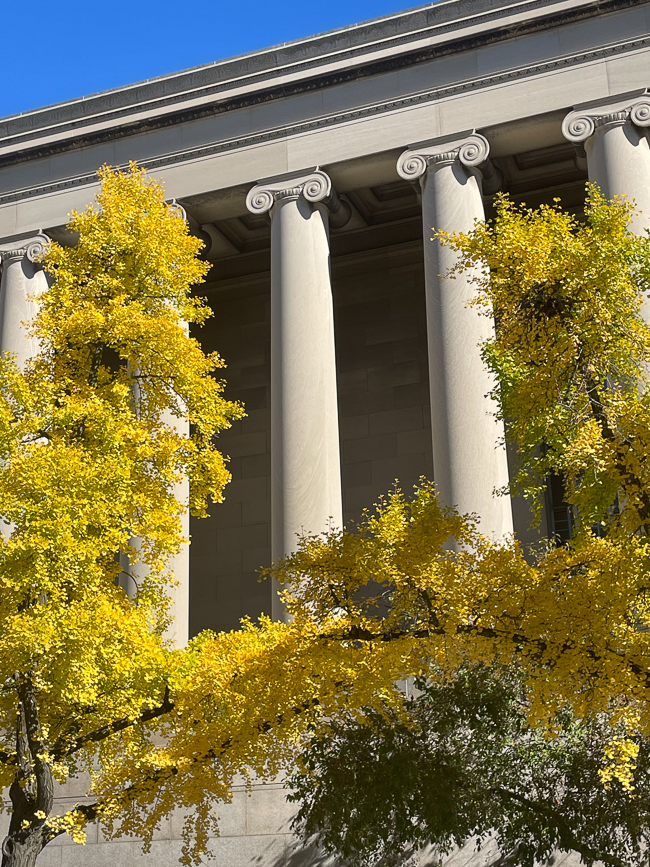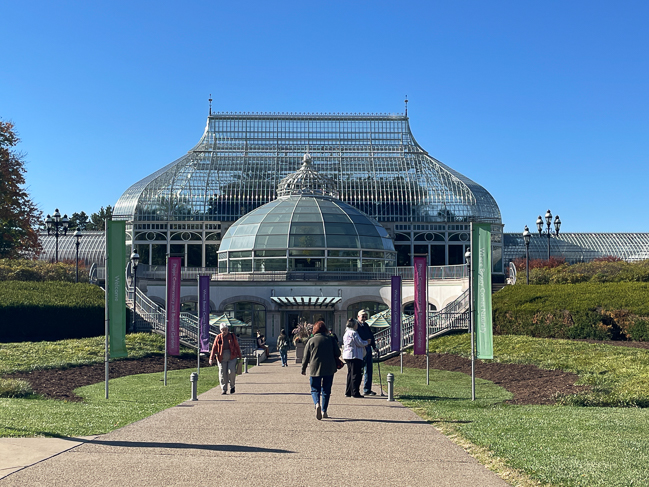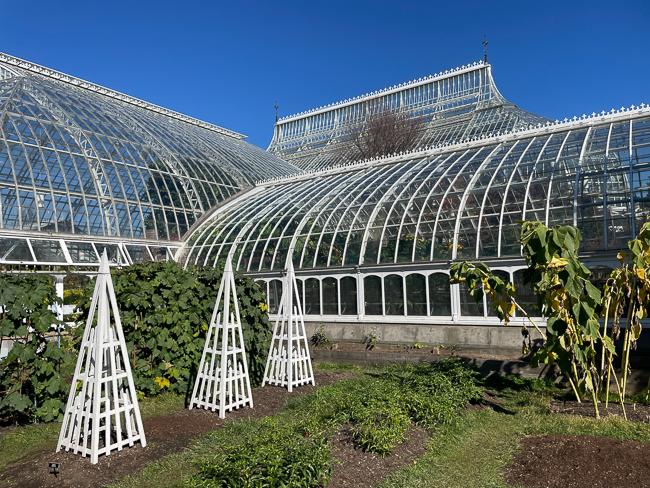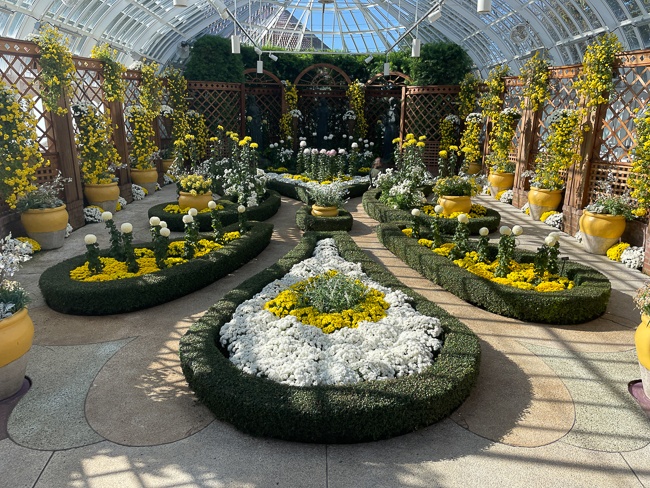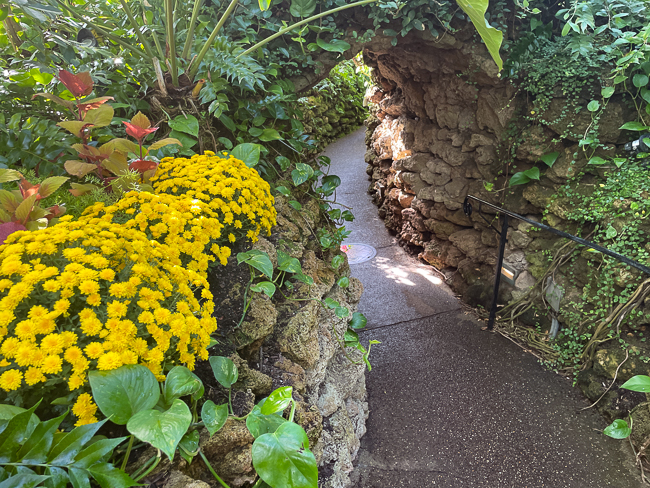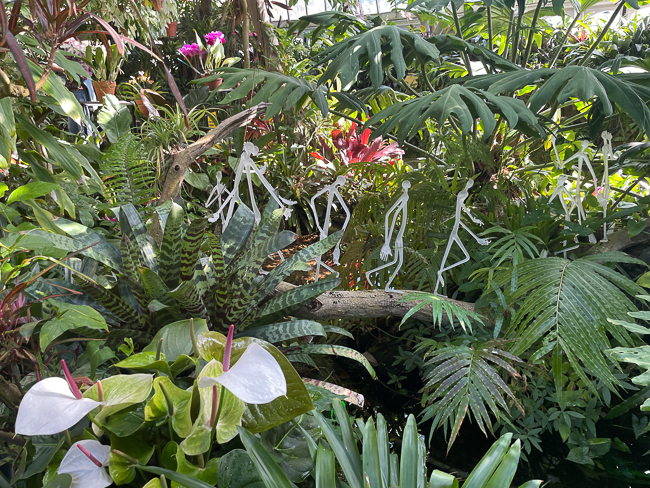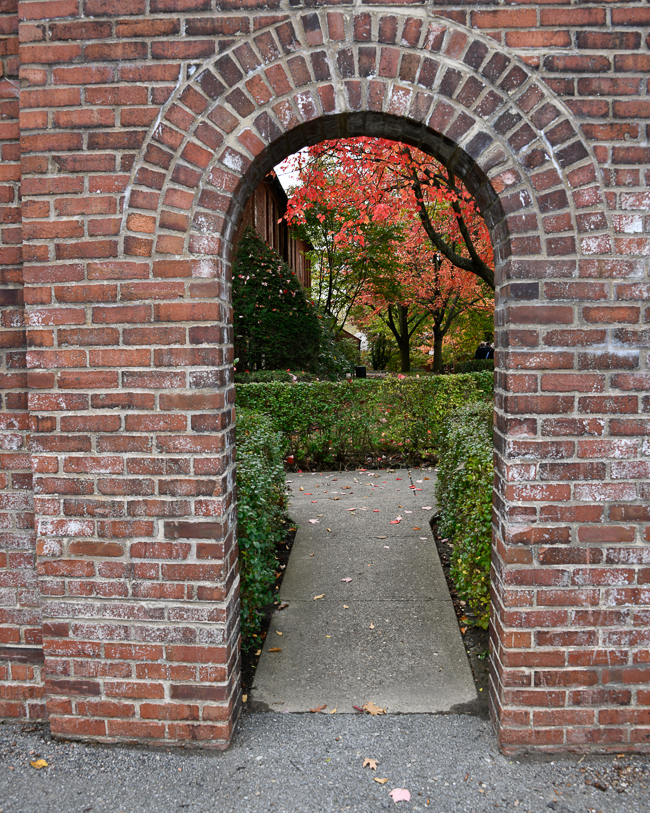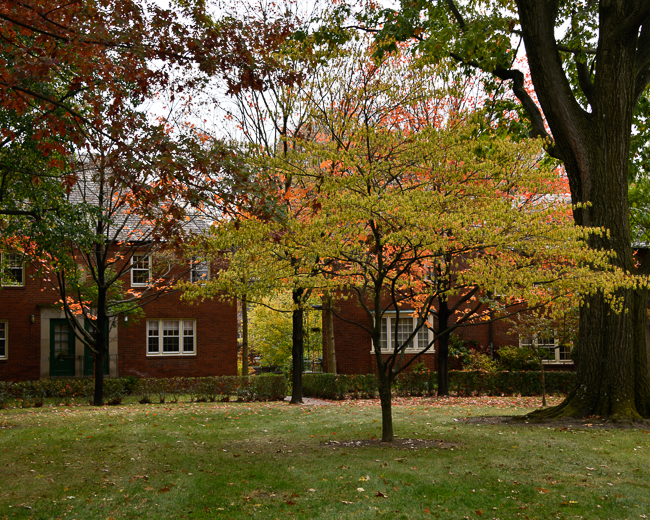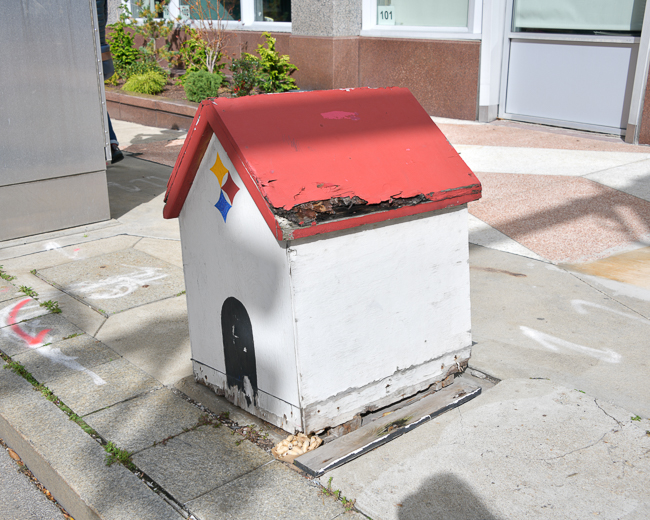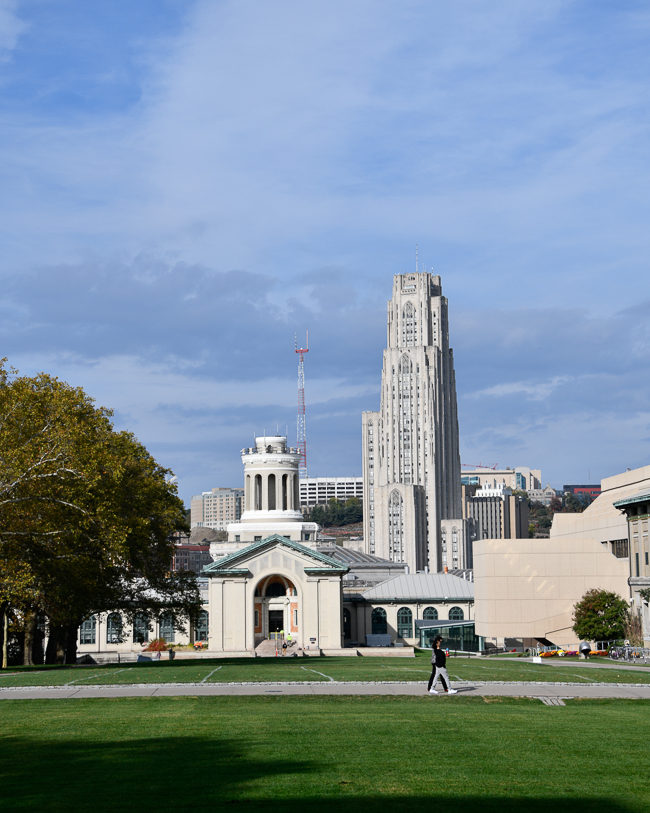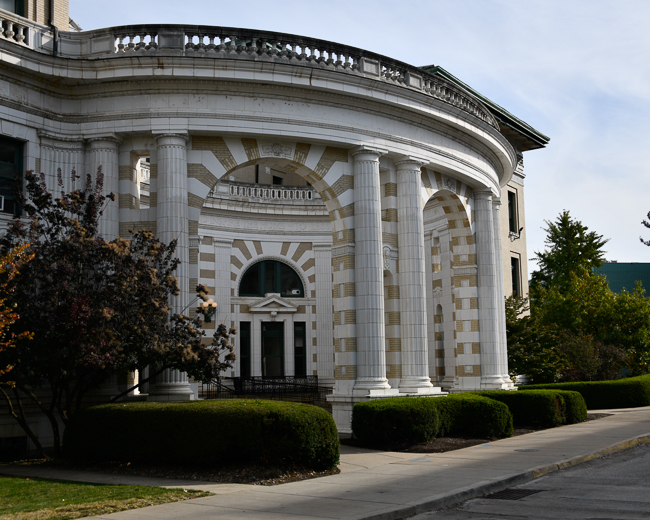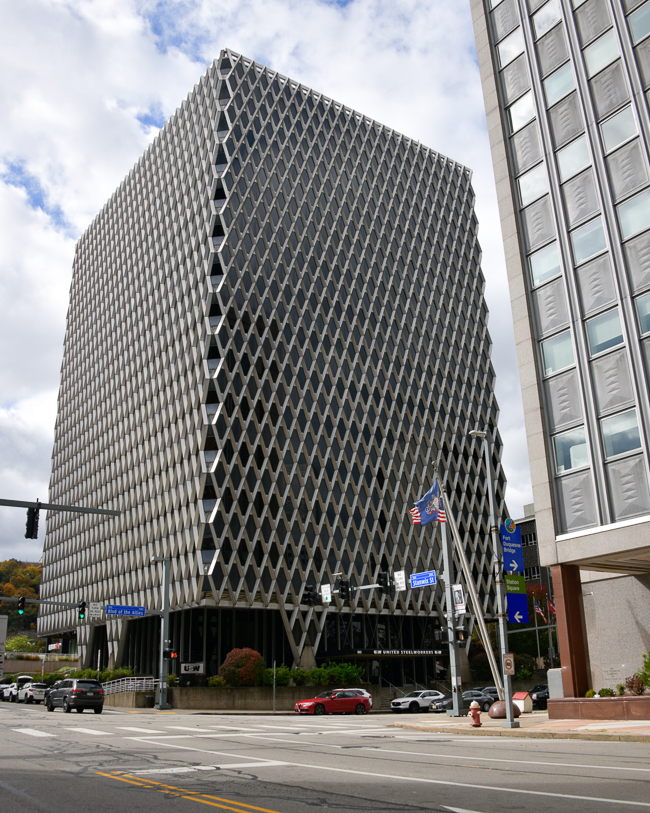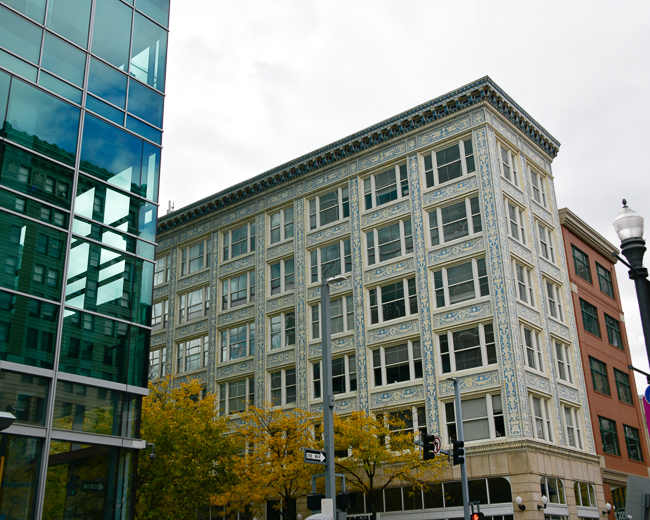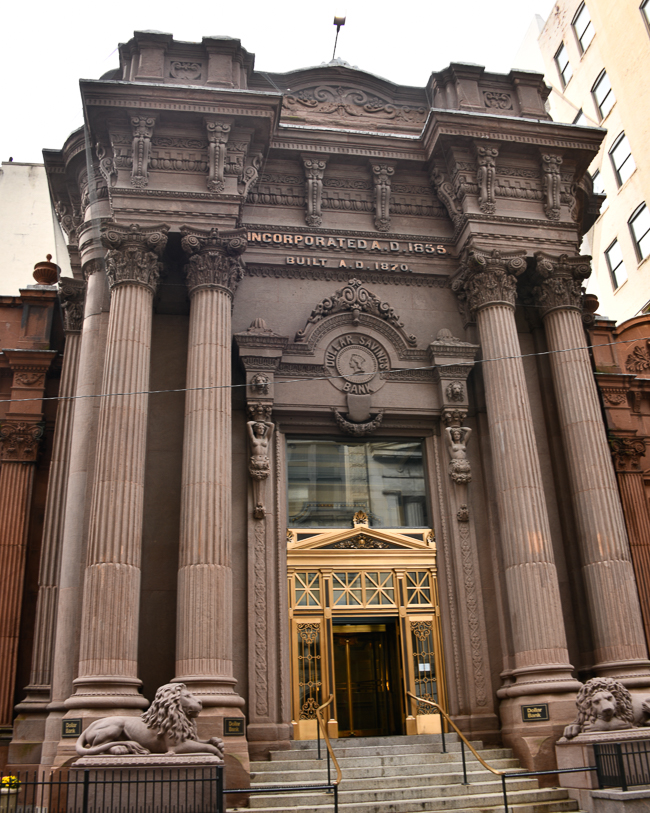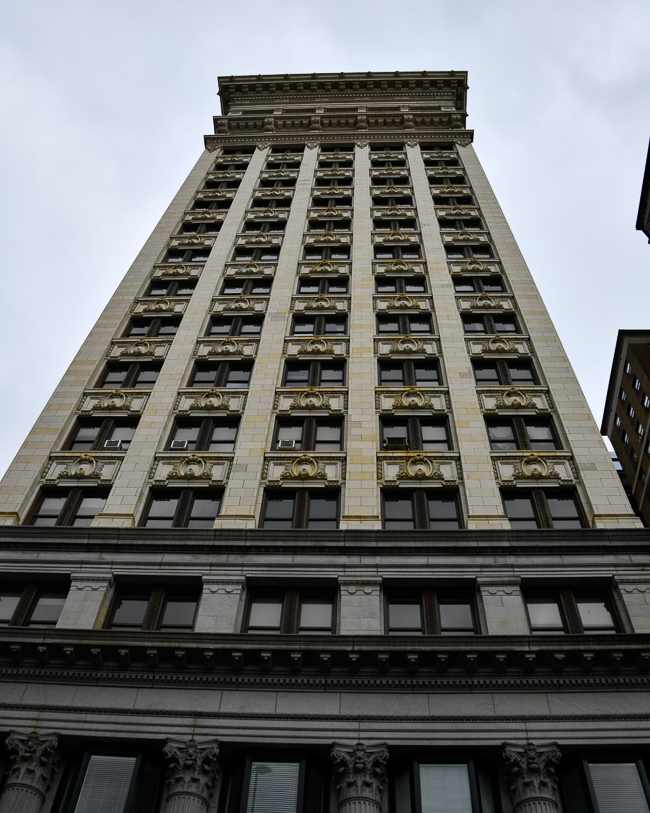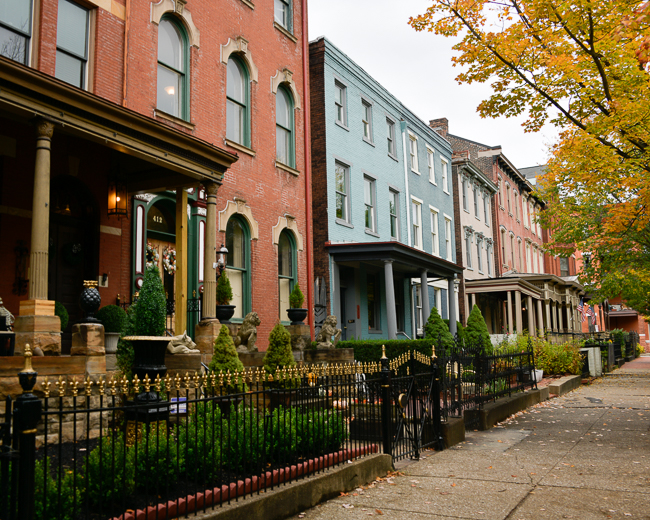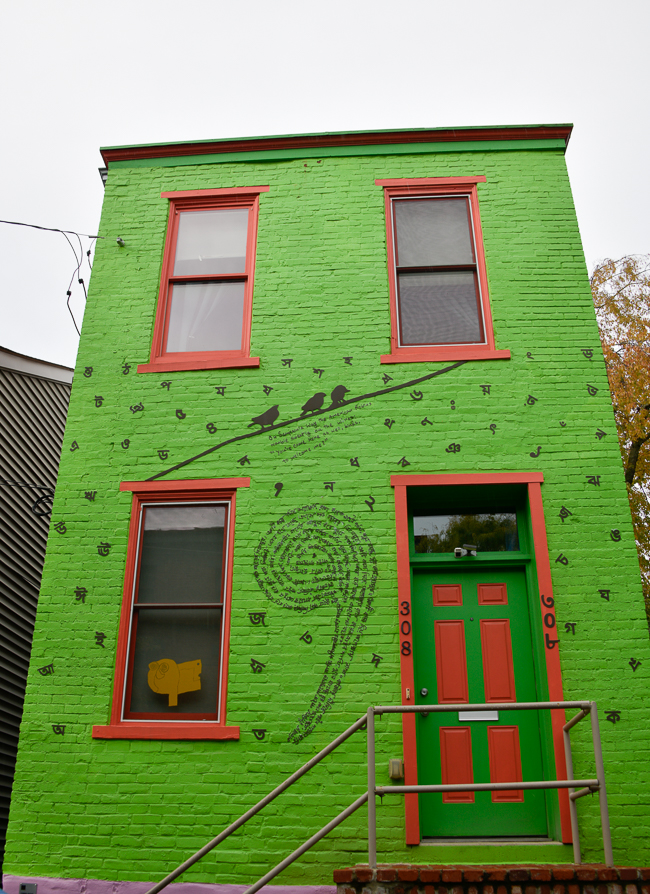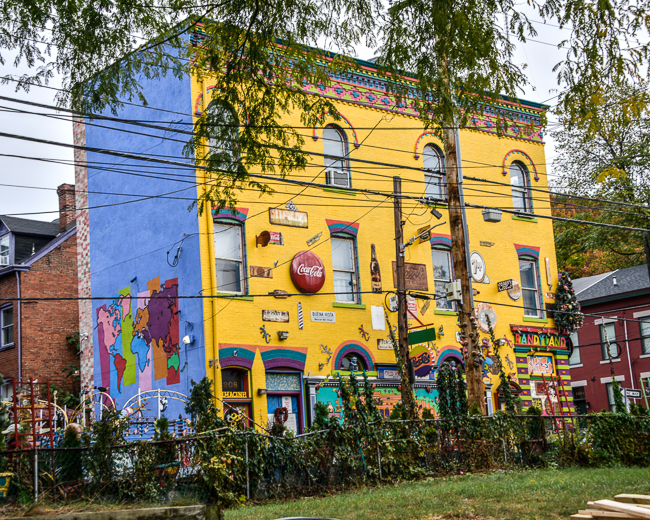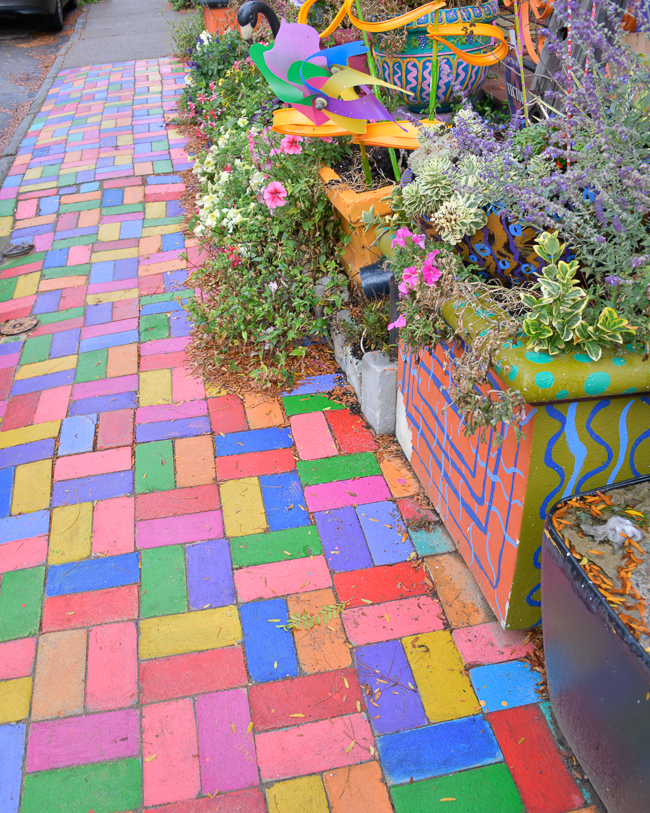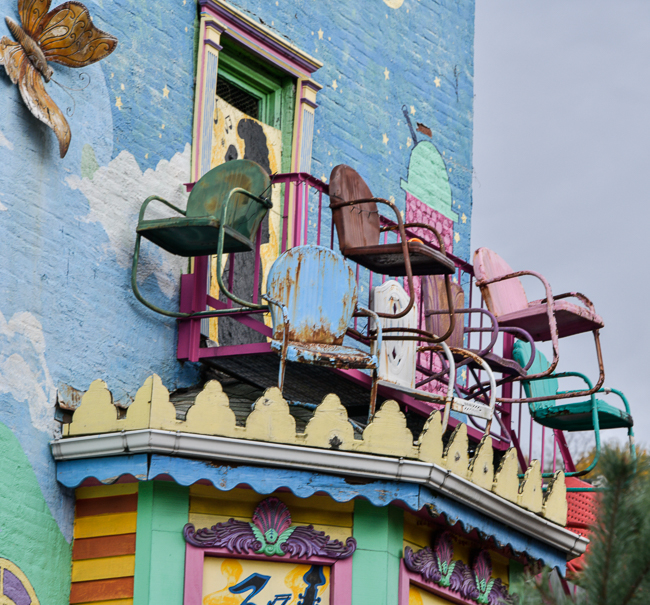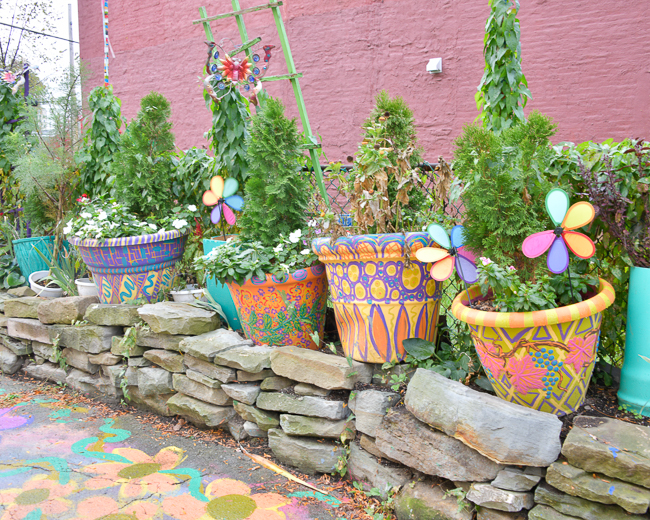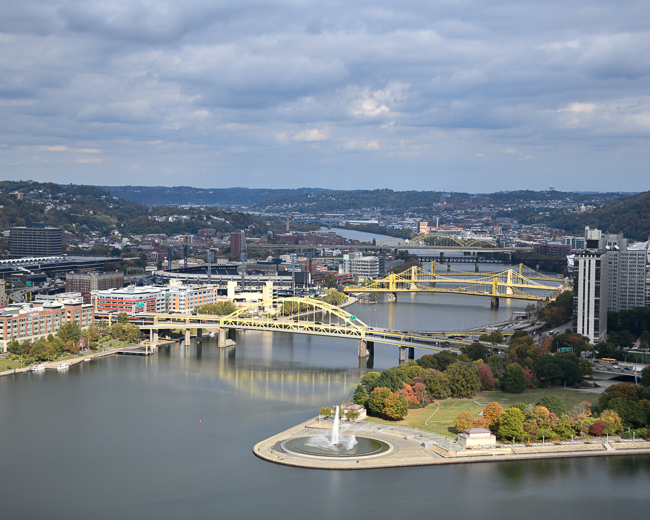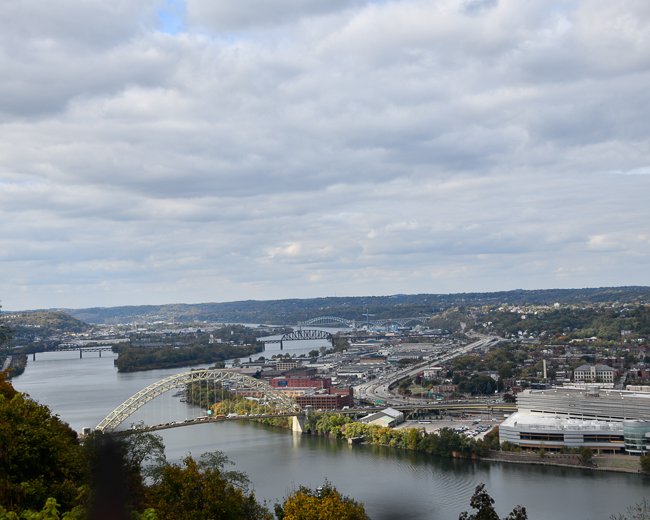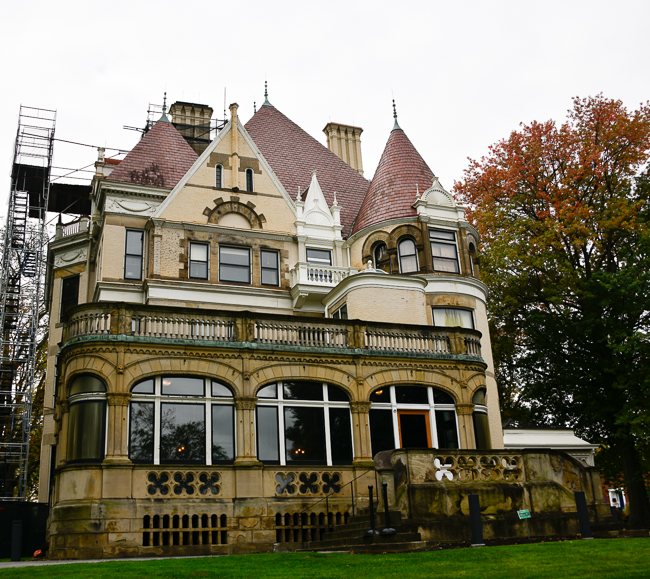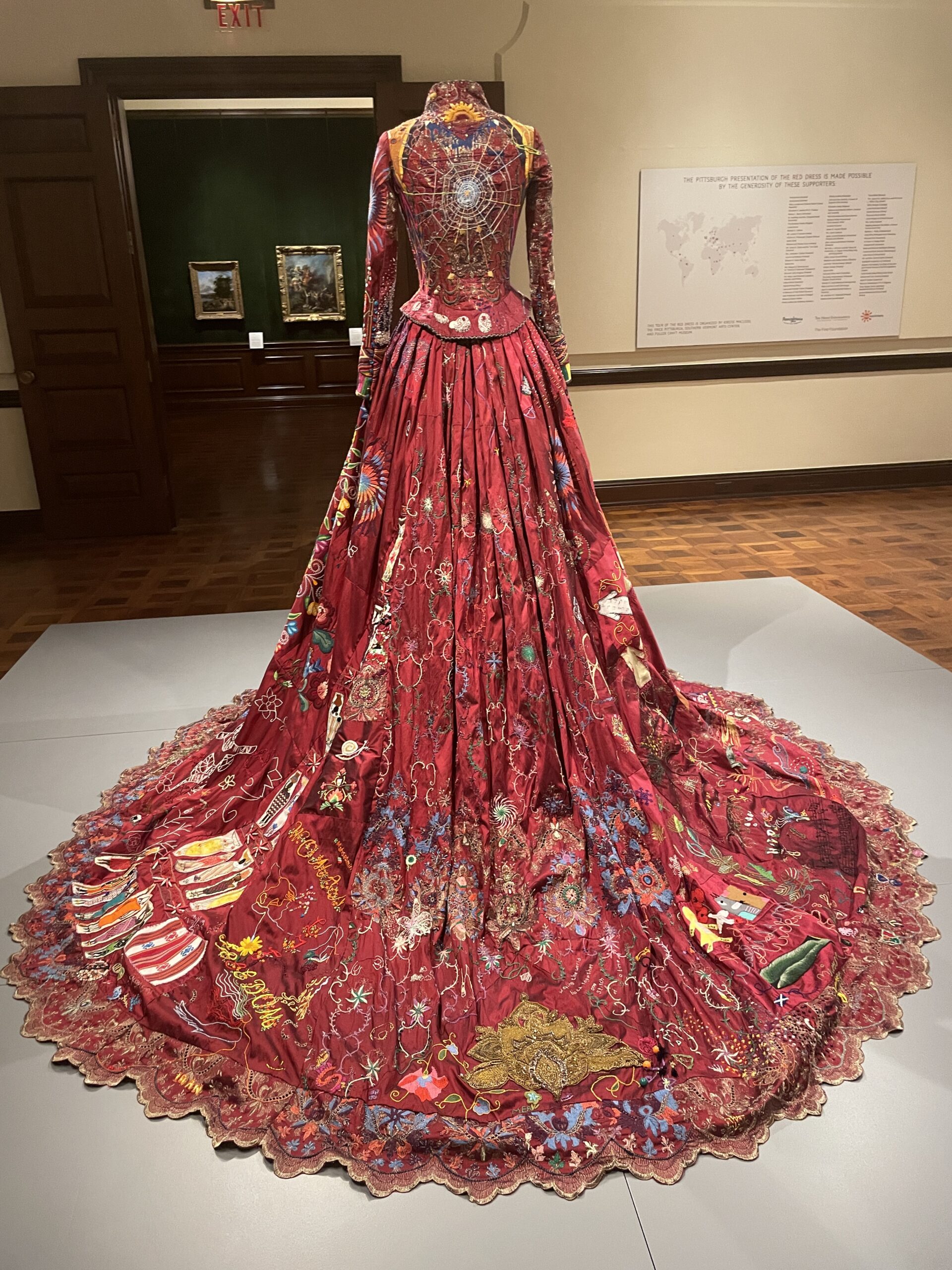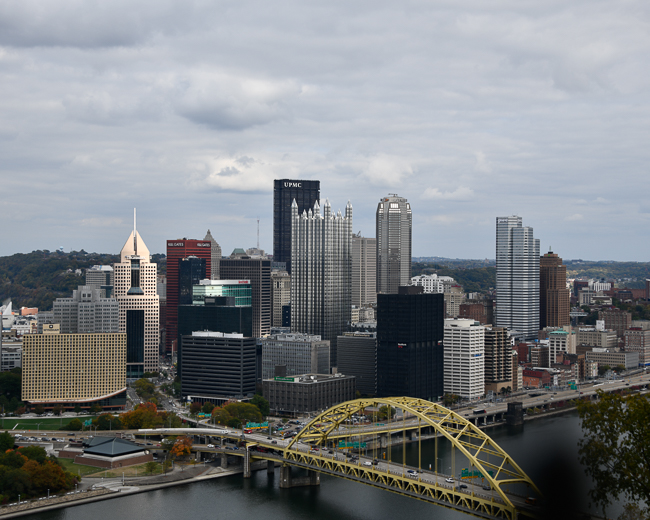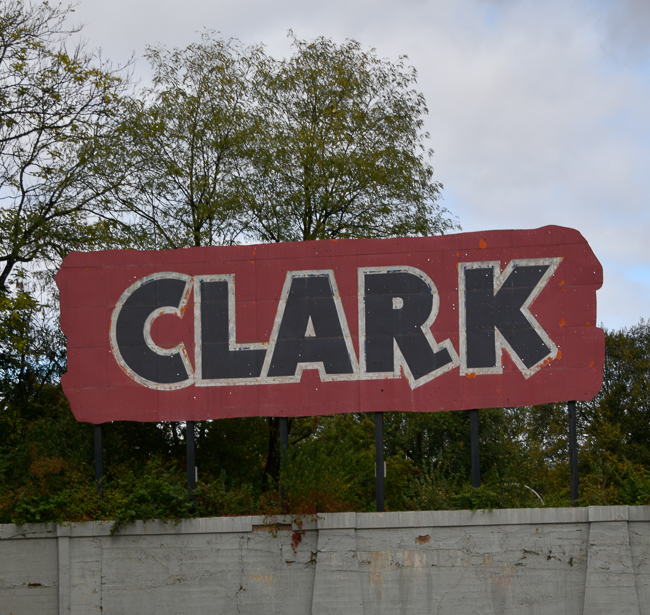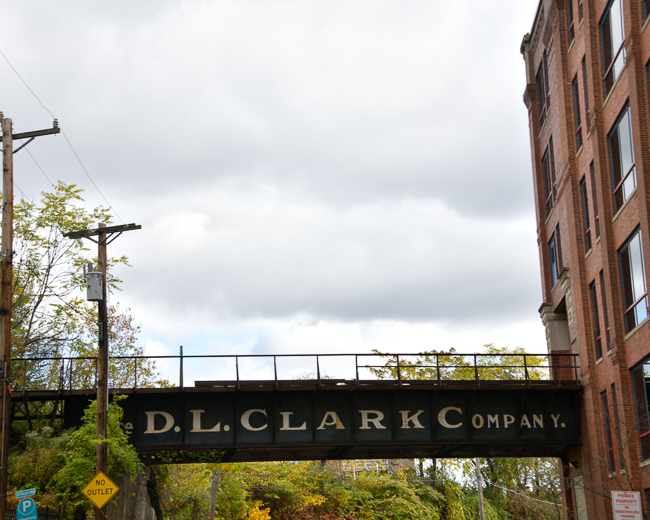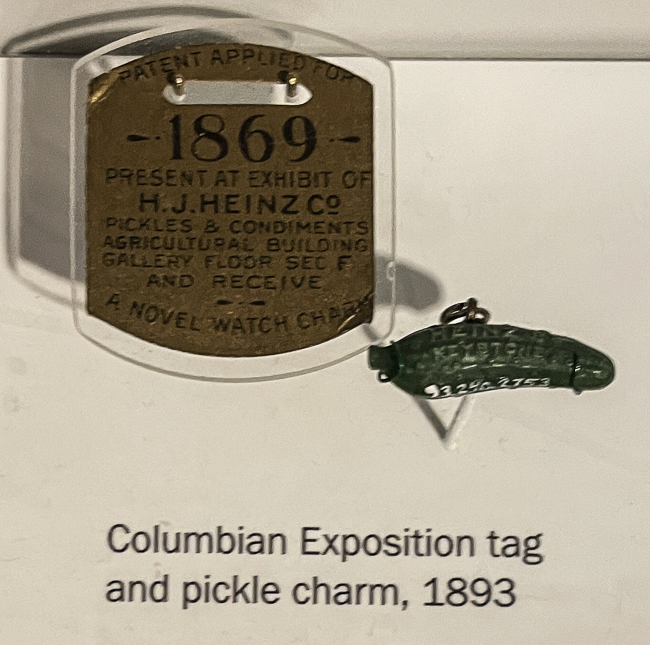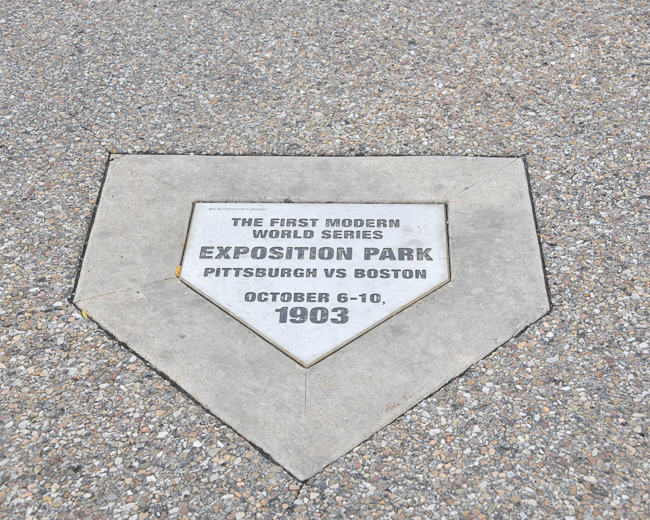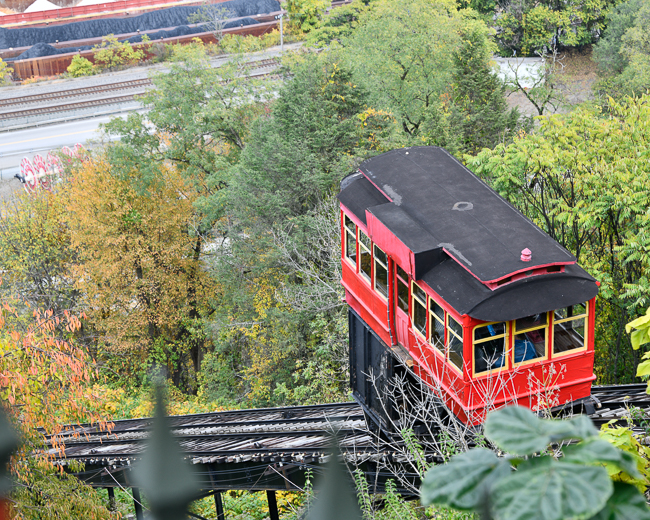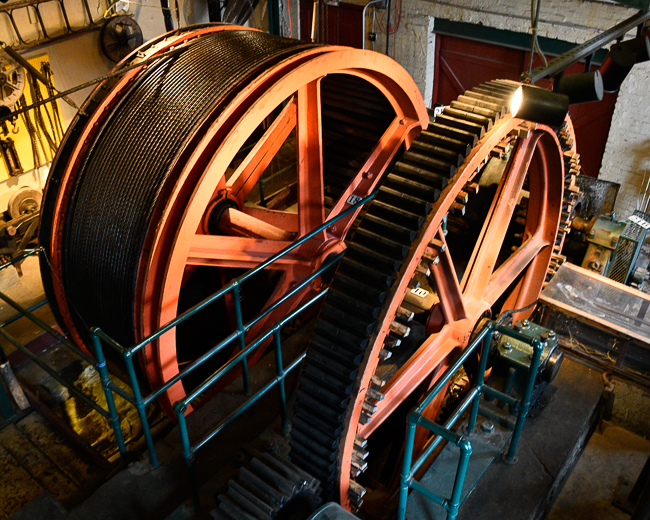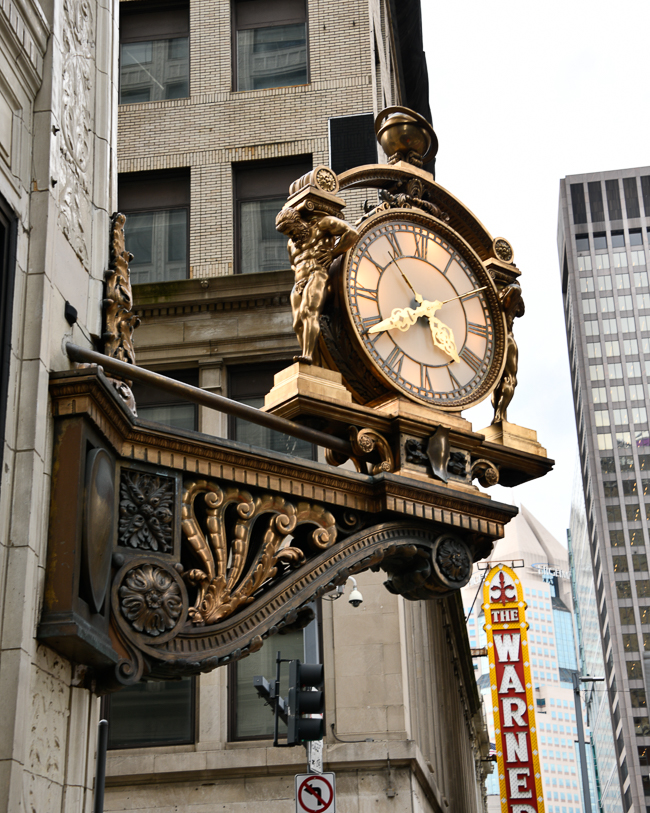October 2023
Homewood Cemetery was established in 1878 from William Wilkins’ 650-acre estate, called Homewood.
This is the final resting grounds of the robber barons of the Pittsburgh Golden Age, as well as noted politicians, artists, sports figures, scientists, and others.
Section 14 of the cemetery sits atop a hill and houses the largest plots and, thus, the richest people.
This Doric temple mausoleum was built for James Ross Mellon, who died in 1934. The sculpture in front, “Motherless” by George A. Lawson (1897), actually doesn’t memorialize any particular dead Mellon; it was a piece of garden statuary that James Ross Mellon liked, but his heirs didn’t want in their garden.
This pyramid mausoleum was designed by Alden & Harlow for William Harry Brown. It was erected in 1898-1899. The building was inspired by the Great Pyramids, which Brown and his family had visited. The Brown money came from coal.
This polished granite mausoleum is for the candy bar maker David L. Clark. The Dodds Granite Company of New York erected the ten-crypt mausoleum in 1928. Due to the deplorable environmental conditions of the time, the Dodd company suggested granite for the exterior as the smoke and dirt would not penetrate the polished surface, and it could be easily cleaned.
This stone marks the grave of Anne Farley Walton Whetzel, who was a Millon. Why this particular piece of art, I have no idea, nor did a considerable amount of research reveal. Look for all the heads peeking out.
The Wilkins Mausoleum is patterned after the Mausoleum at Halicarnassus. This site dates to 1882. Wilkins was a surgeon’s mate in the Revolutionary War. He later served as the president of the Bank of Pennsylvania.
Unlike most other old cemeteries from this era, there is very little statuary on the grounds. This is why the Schoonmaker monument stood out to me. It is graced by a sculpture by Jakob Otto Schweizer.
*
